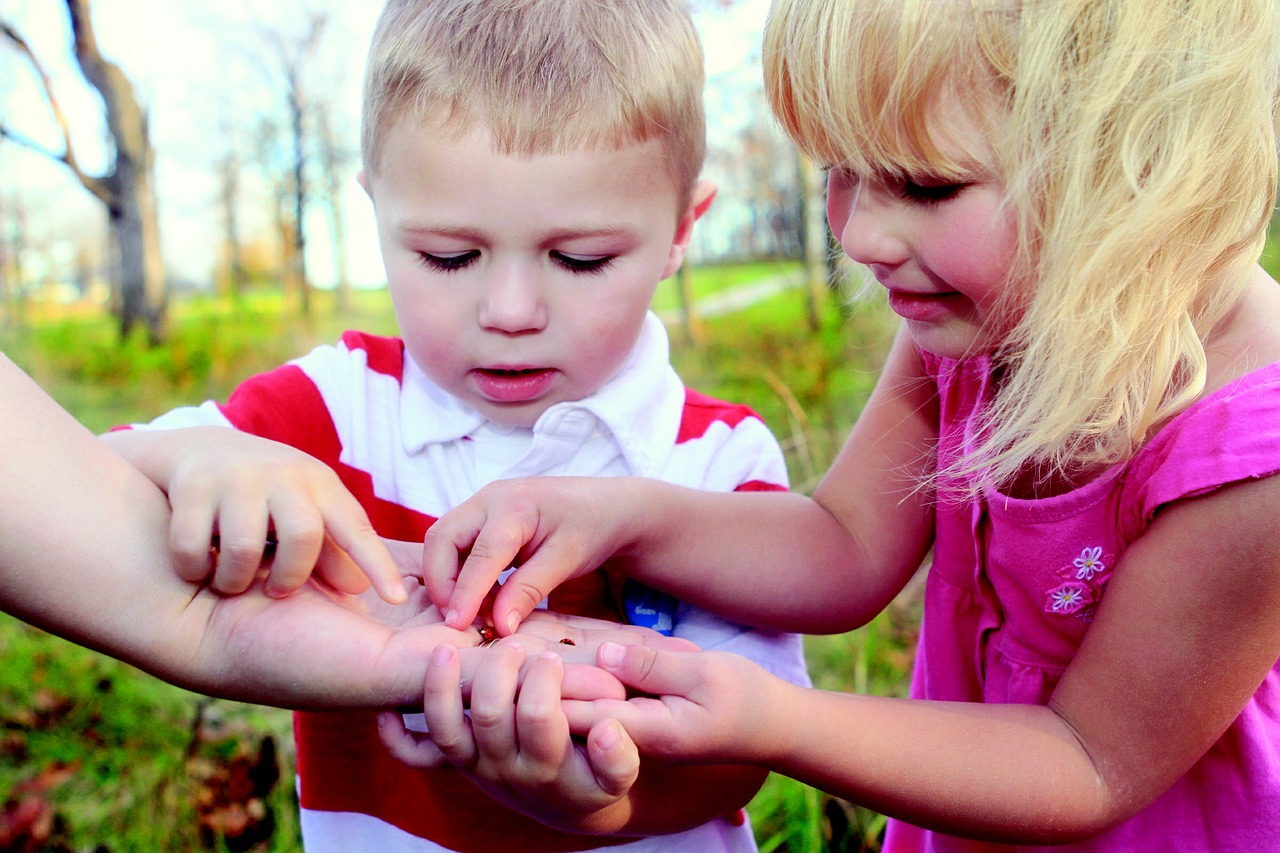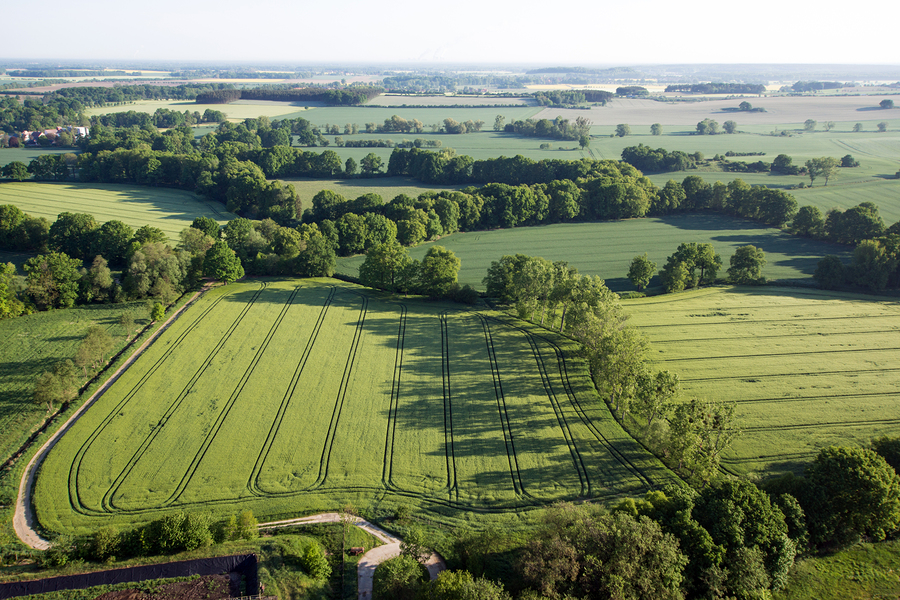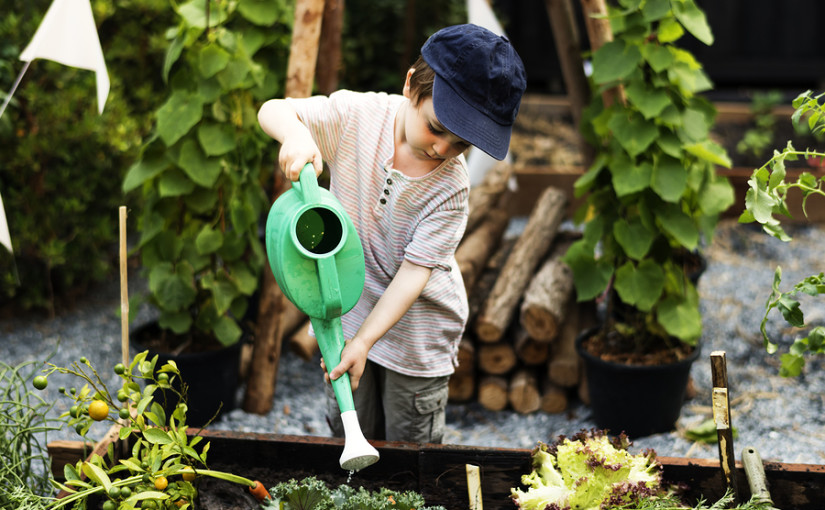Earth Day is a great opportunity to teach environmental issues in schools, with a global event to bring together the various different lessons.
Luckily for teachers, the Earth Day organisers themselves offer plenty of great tips for schools in the run-up to the main event, and here we’ve added some of our own ideas as well.
Make a week of it
Earth Day itself falls on a Saturday, but is only the start of Climate Education Week, which includes themes like green jobs, new technologies and science in the classroom.
By making a full week of it, schools can coordinate more activities, including lessons in specific subjects like science alongside fun, creative projects in the arts to keep students engaged.
Get outdoors

If you can, get students outside to experience the local environment – whether it is a green and open landscape that deserves protecting, or an urban environment that could be a little cleaner than it already is.
If you can’t go outdoors, bring the outside in with an environmental teach-in, perhaps by (safely) bringing plants or animals into the classroom for pupils to see up close.
Make it local
Earth Day is a global event, but protecting the environment starts with a better understanding of the local landscape, nearby pollution threats and so on.
Give your teaching local significance and you can help to raise awareness among your students of the types of behavioural change they can make that will truly have a difference to their own surroundings within their lifetime.
School grounds offer an ideal opportunity to do this – you might be able to count different species of plants and animal life on the school field or flower beds, or count the amount of litter on the grounds and tidy it up.
Further afield

If you have an upcoming school trip, include some environmental teaching ranging from spotting different geography and natural life, to counting the carbon miles of the coach trip.
Broadening your pupils’ horizons while making them understand the environmental impact of travel and transport helps them to understand their place in the world, and what they can do to protect it for the future.
Get social
Online activities are among the cheapest and easiest to take part in, yet for many pupils the option to participate in an online campaign during school time is still quite exciting.
If you allow supervised access to social networks during lessons, then make sure your students are using the appropriate hashtags and posting the right kinds of positive message relating to Earth Day and the environment as a whole.
If you have a school website, social media account or blog, allow pupils to produce content to feature in some special environment-related posts too, whether that means short tweets or status updates, longer written blog posts, or video and photographic content for YouTube, Instagram and other such networks.
The exact events you choose to hold are of course up to you – they will likely depend on the age of your pupils, your school’s resources, and the area in which you live – but just because Earth Day is at the weekend, it doesn’t mean you can’t hold related events in the week that follows and beyond.

